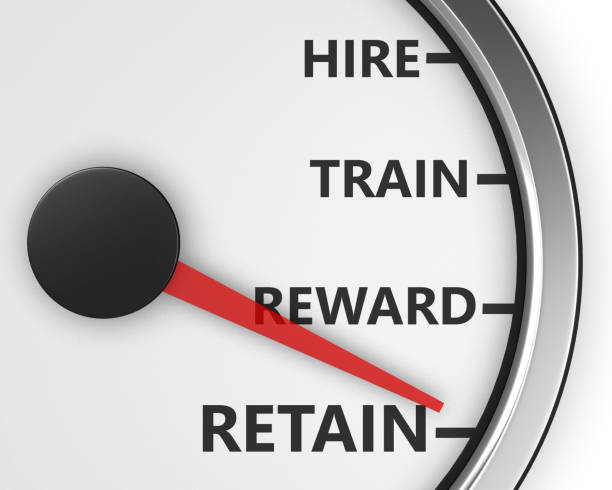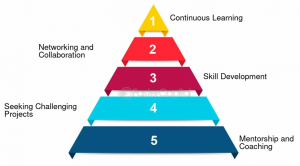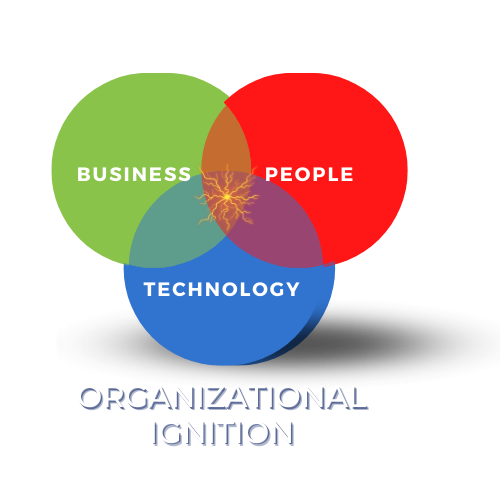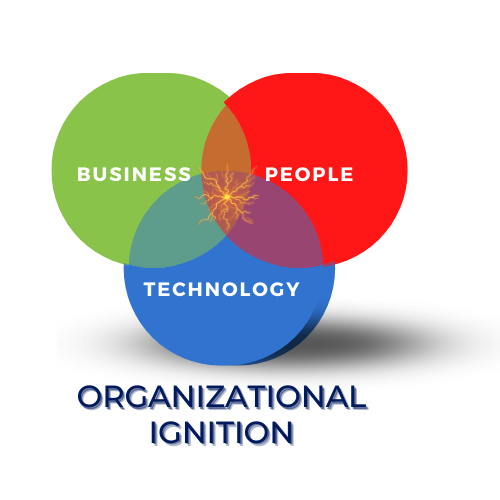 At the core of every thriving organization is not just the ability to hire well but also to inspire, retain, and develop talent. Leaders often find themselves navigating questions about motivation, career development, and long-term growth for their teams.
At the core of every thriving organization is not just the ability to hire well but also to inspire, retain, and develop talent. Leaders often find themselves navigating questions about motivation, career development, and long-term growth for their teams.
I recently worked with an organization that wanted to help its managers understand how to fuel organizational growth through hiring and retention. Here are the questions they asked, with my thoughts on strategies for addressing their challenges.
How can I determine what drives a team member?
The best way to understand what motivates a team member is through intentional conversations. Ask open-ended questions about their goals, interests, and what they enjoy most in their work. Pair this with observing their energy patterns—when they’re most engaged, what tasks they naturally lean into, and how they respond to recognition. Simple tools like strengths assessments or reflective questions during one-on-ones can bring these drivers to the surface.
How can I keep people motivated?
Motivation thrives in environments where people feel challenged, supported, and appreciated. Leaders can maintain motivation by:
-
Giving regular recognition tailored to the individual.
-
Providing a balance of routine and variety in assignments.
-
Offering autonomy in decision-making when possible.
-
Ensuring clear alignment between team goals and individual contributions.
Motivation is not one-size-fits-all; ongoing conversations about what makes someone feel energized are crucial.
How can I figure out someone’s career path?
Leaders don’t have to map out every step of someone’s career, but can act as guides. Help team members uncover their potential path by asking them where they see themselves in 2–5 years and what skills they’d like to develop. From there, provide opportunities—projects, training, shadowing experiences—that build toward those aspirations. Remember, it’s less about predicting the exact job title and more about supporting growth in the right direction.
How involved do I get in someone’s career development?
A leader’s role is to spark curiosity, provide perspective, and remove barriers. You don’t have to be responsible for every detail of a person’s development, but should create space for growth by:
-
Highlighting stretch opportunities.
-
Encouraging mentorship connections.
-
Offering feedback that sharpens skills.
-
Supporting training or external professional development when appropriate.
Think of yourself as a career accelerator, not the architect.
How to show someone their value?
Demonstrating value goes beyond saying “thank you.” It means showing people how their contributions tie into the broader mission. Share specific examples of how their work impacts customers, colleagues, or organizational outcomes. Reinforce strengths during feedback conversations and celebrate milestones publicly to ensure their value is seen by peers as well.
How to help someone shift from thinking about a job to thinking about a career?
When someone views their role as just a job, they may focus only on tasks. To foster a career mindset:
-
Connect daily work to long-term skill building.
-
Show how current roles serve as stepping stones to bigger opportunities.
-
Encourage reflection on personal growth and goals.
-
Provide access to learning experiences that expand vision beyond the immediate.
This shift happens when employees see purpose in their work and possibility in their future.
How can I help people “move up” when there are no positions available?
Growth doesn’t always mean a new title. Opportunities can come from lateral movement, skill expansion, or exposure to new challenges. Some options include:
-
Giving cross-functional projects to broaden perspective.
-
Leading initiatives in areas of passion or expertise.
-
Mentoring newer team members.
-
Taking on special assignments that push abilities.
These alternatives ensure progress without waiting for a position to open up.
At what point do I give someone a “stretch assignment”?
Stretch assignments are most effective when an employee shows readiness—demonstrated through consistent performance in their current role, eagerness for growth, and the capacity to handle added pressure without being overwhelmed. These assignments should feel challenging but achievable, with clear support structures in place. A well-timed stretch builds confidence, skill, and engagement.
I hope this has given you some food for thought on how to improve organizational performance through motivating and guiding your employees for the long haul. Let me know if you have questions about these strategies or would like some guidance on improving career development in your organization.


